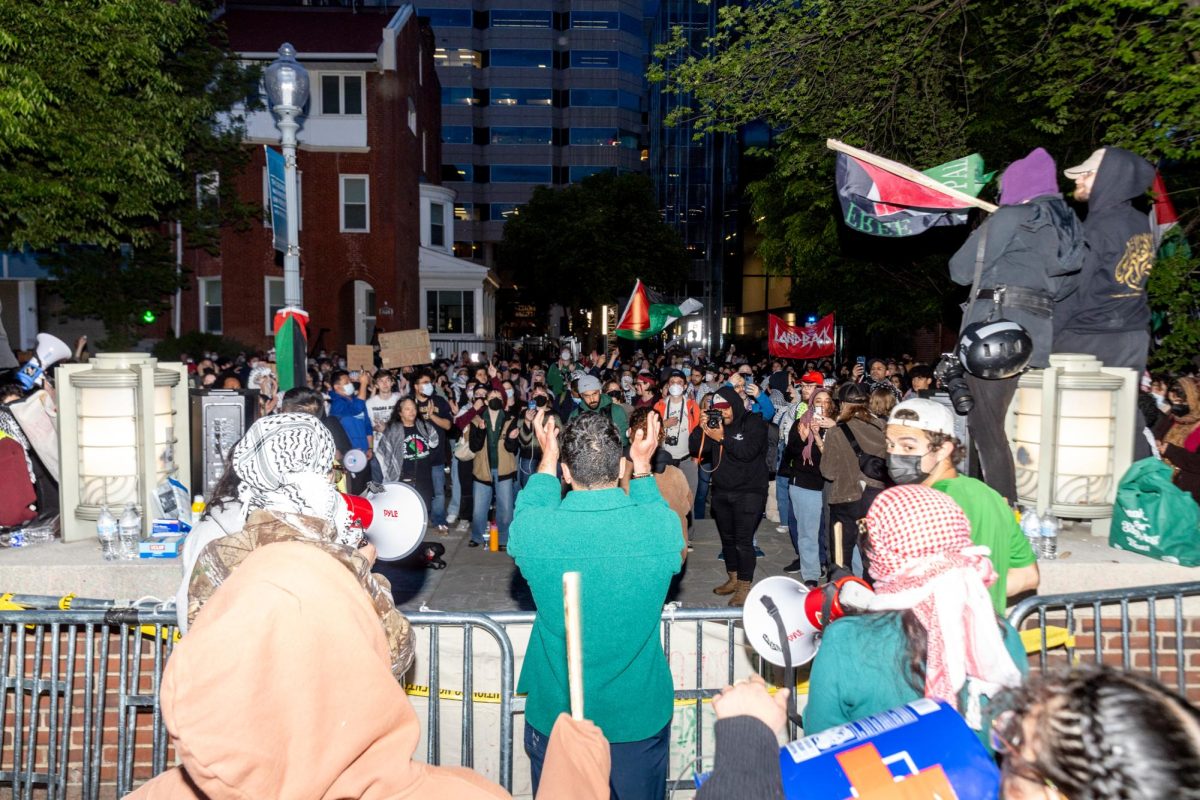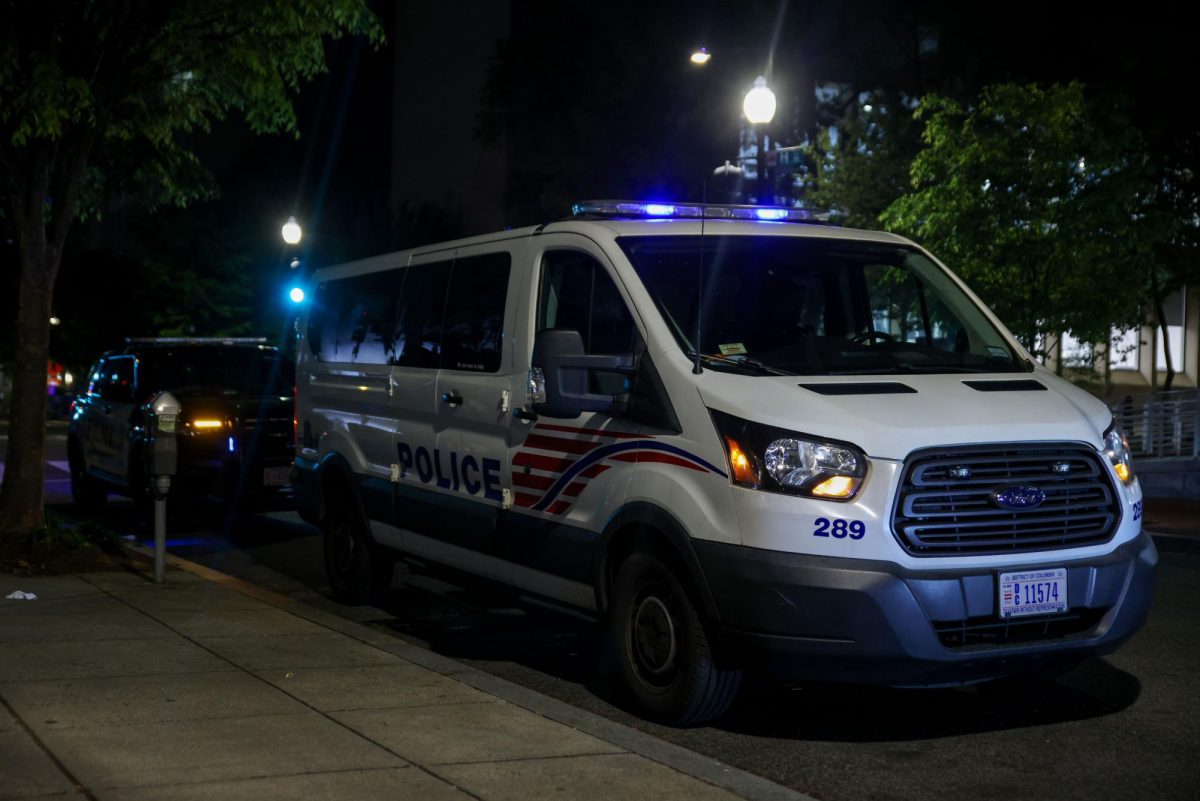The American studies department will offer its first-ever course on Filipino American history in the spring, chronicling the immigration of the fourth-largest immigrant group in the United States.
Filipinx American History will be the only course on Filipino migration and the establishment of Filipino culture in the United States out of all D.C. universities in the spring semester, according to a Hatchet analysis of course schedules from universities in the District. Filipino students interested in taking the class said the course can help showcase the experiences of the “large” Filipino community in D.C. and more than a century of history of Filipino students at GW, when University curricula in the East Asian region tend to stick to country-specific courses.
Theo Gonzalves, a professorial lecturer of American studies and the instructor of the course, said he approached Thomas Guglielmo, the chair of the American studies department, about teaching a course focused on Filipinos in the United States last academic year after teaching an American studies course on the U.S. empire in the Philippines and Hawaii in fall 2020. Gonzalves said the course will feature texts on the migration of Filipino nurses to the United States and “artistic endeavors” from Filipino artists like Ruby Ibarra to teach students about Philippine history before Spanish colonization and Filipino settlement in the United States in the 16th century.
“It also leaves the question wide open about what’s next,” Gonzalves said. “How do people think about these identities and these topics for the present moment? It’s as much about the present as much as it is about history.”
He said history often receives a “bad reputation” because many Americans treat it as a recitation of facts disconnected from their daily lives, but cultural history including Filipino Americans’ stories is “alive” and intertwines across cultures. He said the course will cover Filipino laborers in California in relation to other migrant labor groups in California, like Latino migrants, and their joint efforts to protest for better working conditions.
The Philippines and other countries that Spain colonized share similar traditions, like the Filipino celebration of Undas and the Mexican celebration of Día de los Muertos, which both honor loved ones that have passed away. Filipino culture celebrates Christmas on the night of Christmas Eve with a holiday called Nochebuena, similar to traditions among Hispanic and Latino groups.
“If it comes down to the recitation of facts, then it really just becomes a trivia contest, and I’m not engaged in a game show,” Gonzalves said. “These stories represent the ways that we are actually connected to each other.”
The three-credit course currently has 11 students enrolled and can count as an elective for the American studies major, according to the GW bulletin.
Gonzalves said Filipino Americans have many questions about their history in the United States because many universities across the nation do not have courses dedicated to the topic, despite the “large” Filipino population in the DMV.
“There’s going to be someone else in your family, in your circle, they may not have heard about some of the things we’ll be talking about,” Gonzalves said. “It’s up to everyone to take that knowledge and share.”
Liaa Fernandez – a junior international affairs major and the political advocacy and external relations director of the GW Philippine Cultural Society, who is interested in taking the course – said she immigrated from Manila, Philippines to the United States in 2010 but did not learn about Filipino American history until she started college. She said she gained more time to independently research topics she is interested in, like the United Farmworkers Movement, a protest in the 1960s for better labor laws in California that Filipino and Latino farmworkers led.
“We all kind of had to focus on surviving the brunt of American capitalism,” Fernandez said.
She said she is minoring in Asian American studies but has not learned about Filipino immigration in her courses, even though Filipino students have attended GW for more than 100 years and are one of the largest migrant groups in the U.S.
The first Filipino students began their studies at GW in 1903 after the U.S. government enacted the Pensionado Act, which offered fellowships for Filipinos to study in the United States, according to the fall 2007 issue of GW Magazine.
“I didn’t know that my name can be added to this ongoing narrative of our peoples’ history and experiences here in the states,” Fernandez said.
Gabriel Young, a senior international affairs and political science major and the president of the GW Philippine Cultural Society, said the Filipinx American History class will increase Southeast Asian representation in Asian American studies at GW, which tends to focus on East Asian history. He said courses on Southeast Asian countries broaden the perspective on Asian Americans beyond misconceptions like the model minority myth, a stereotype that categorizes Asians as homogeneously successful.
The history department offers three courses on the history of China, Japan and Korea, but only one course – History of Southeast Asia – on the history of Southeast Asia which includes countries like the Philippines, Vietnam and Cambodia, according to the GW bulletin.
“By erasing an entire ethnic minority or an entire race’s history, it completely eradicates said race’s identity and culture,” Young said.
Young said he was “surrounded” by ethnic studies as he grew up on the West Coast, but ethnic studies courses become less of a focus on the East Coast, where Filipino Americans often lack representation in academic settings. He said Filipino Americans – like Kris Valderrama, a Maryland state delegate – have been elected to public office, but they do not receive as much public recognition as much as Filipino American elected officials from the West Coast.
“I find that by recognizing collective empowerment folks are willing to put their differences aside and come together as a strong community,” Young said.








